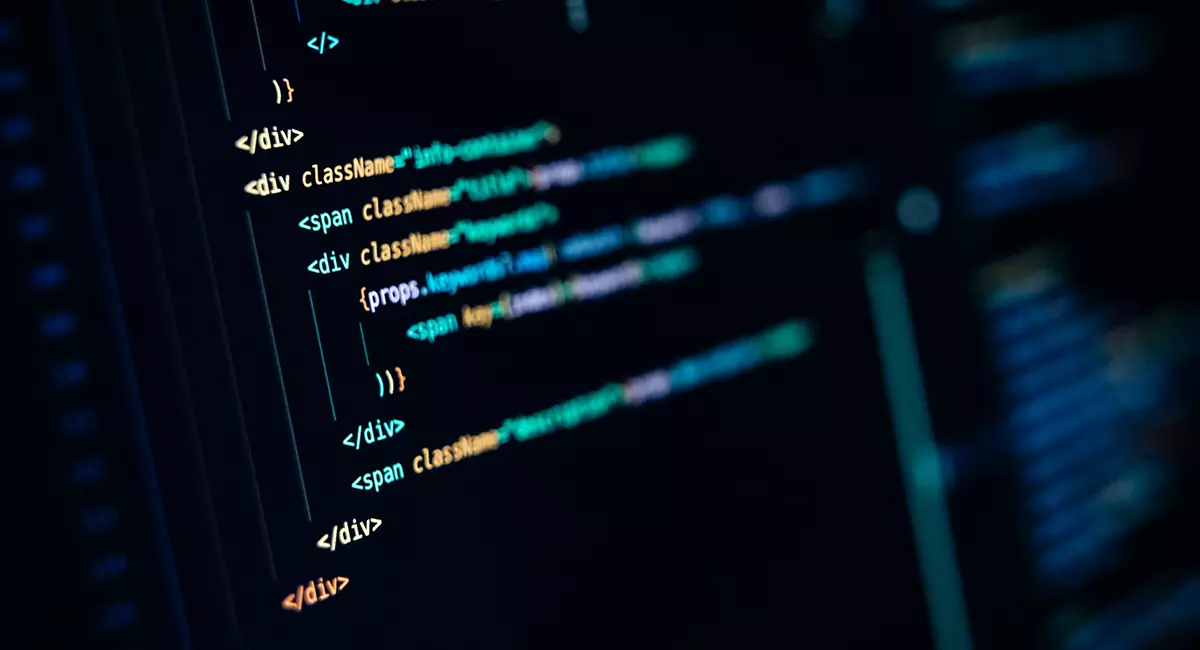1. Use Proper Doctype Declaration
Always start your HTML document with a proper doctype declaration. This ensures that browsers render your page in standards mode, preventing potential issues across different browsers.
<!DOCTYPE html>
Using the correct doctype improves compatibility and helps ensure your HTML structure is interpreted correctly by browsers.
2. Indent and Format Your Code Consistently
Consistent indentation and formatting are key to clean HTML. Properly nested and indented code is easier to read, understand, and maintain. Indent child elements using 2-4 spaces or a tab, and stick to one style throughout your project.
<div>
<p>This is a paragraph inside a div.</p>
</div>
Proper formatting not only improves readability but also helps with identifying any potential issues.
3. Use Semantic HTML Tags
Using semantic HTML tags (e.g., <header>, <footer>, <article>) improves accessibility, SEO, and code maintainability. Semantic tags describe the meaning of the content, making it easier for both developers and search engines to understand the structure of your webpage.
<article>
<header>
<h1>Title of the Article</h1>
</header>
<p>This is the body of the article.</p>
</article>
This practice enhances the clarity of your code and boosts SEO rankings by making your content more searchable.
4. Keep Your Code DRY (Don’t Repeat Yourself)
Avoid duplicating code whenever possible. Use reusable components, classes, and templates to keep your HTML concise. By adopting the DRY principle, you reduce redundancy, making your code easier to update.
<button class="btn-primary">Click Me</button>
<button class="btn-primary">Submit</button>
This approach simplifies maintenance since changes only need to be made in one place, reducing the risk of errors.
5. Use Meaningful Class and ID Names
Choose meaningful, descriptive names for your classes and IDs to make your code self-explanatory. Avoid using generic names like div1 or container. Instead, use names that reflect the purpose of the element.
<div class="navbar"></div>
<section id="main-content"></section>
Meaningful names make your code easier to navigate and collaborate on, especially when working in teams.
6. Comment Your Code Wisely
While your code should be self-explanatory, it’s still important to add comments for complex sections or where logic might not be immediately clear. This is especially useful when collaborating with other developers.
<!-- This section displays the user profile information -->
<section class="user-profile"></section>
Well-placed comments guide future developers (or your future self) when making updates or debugging.
7. Optimize Images and Use Alt Attributes
Optimize your images to reduce file size without compromising quality. Additionally, always use alt attributes for images to improve accessibility and SEO. Search engines rely on alt text to understand the content of images.
<img src="profile.jpg" alt="User profile picture">
Alt attributes provide context for visually impaired users and ensure that search engines properly index your images.
8. Avoid Inline Styles and JavaScript
For better maintainability, avoid using inline styles and JavaScript. Instead, keep your styling in CSS files and scripts in external JavaScript files. This approach separates concerns, making your code cleaner and easier to manage.
<!-- Avoid this -->
<div style="color: red;">Hello, World!</div>
<!-- Use this -->
<div class="text-red">Hello, World!</div>
This separation of HTML, CSS, and JavaScript improves organization and allows for easier updates.
9. Validate Your HTML Code
Always validate your HTML code using online tools such as the W3C Markup Validation Service. This helps you catch any errors or potential issues early on, ensuring your code follows web standards.
<!-- Use this service: https://validator.w3.org/ -->
Validating your code ensures cross-browser compatibility and helps prevent rendering issues.
10. Minimize Use of Deprecated Tags and Attributes
Stay updated with modern HTML standards and avoid using deprecated tags or attributes. Tags like <center> and attributes like bgcolor have been replaced by CSS. Stick to current best practices to ensure future compatibility.
<!-- Avoid this -->
<center>This is centered text.</center>
<!-- Use this -->
<div class="text-center">This is centered text.</div>
Following this principle ensures your code is future-proof and remains compatible with newer web technologies.
Conclusion
Writing clean and maintainable HTML code is essential for creating efficient, scalable, and SEO-friendly websites. By following these 10 essential tips—using semantic tags, avoiding redundancy, and maintaining consistent formatting—you’ll ensure that your code is easy to read, update, and manage, both now and in the future. Clean HTML not only enhances performance but also improves user experience and search engine rankings.


